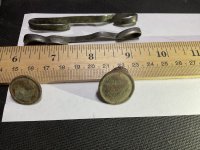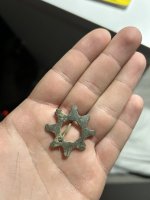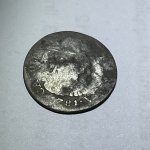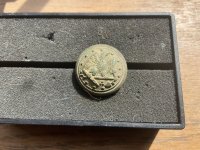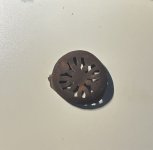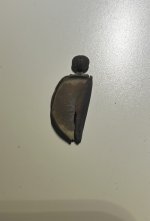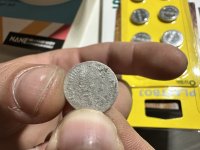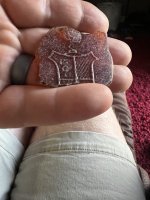You are using an out of date browser. It may not display this or other websites correctly.
You should upgrade or use an alternative browser.
You should upgrade or use an alternative browser.
What Is It? 🕵️
Have you found something and need help ID'ing it? Ask here.
Top threads
Filters
Show only:
Loading…
Show only:
Loading…
- Answers
- 1
- Views
- 50K
- Answers
- 5
- Views
- 204
- Answers
- 4
- Views
- 266
- Answers
- 41
- Views
- 1K
Users who are viewing this forum
Total: 43 (members: 0, guests: 43)
